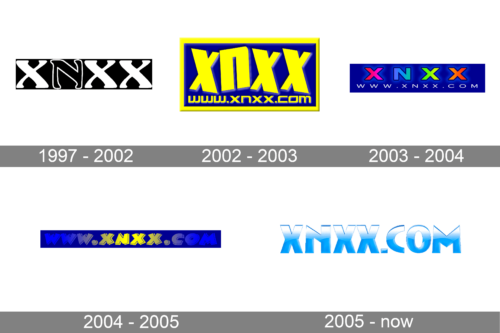
- Version
- Download 182
- File Size 35.95 KB
- File Count 1
- Create Date December 3, 2024
- Last Updated December 3, 2024
The France National Football Team, established in 1904, has a storied history of success on the global stage. With two FIFA World Cup wins (1998, 2018), two UEFA European Championships (1984, 2000), and an Olympic gold (1984), the team has solidified its position as one of football’s powerhouses.
Represented by the rooster—a symbol of nobility, bravery, and pride—the team embodies the spirit and resilience of France. Its journey is marked by historic milestones, including participation in the inaugural FIFA World Cup in 1930 and numerous European Championship campaigns.
A Brief History
The team’s debut match took place on May 1, 1904, against Belgium, ending in a 3-3 draw. Early international appearances, such as the Olympics before 1930, laid the foundation for future achievements. Over the years, France has consistently performed on football's biggest stages, reaching new heights with its World Cup victories and continued excellence in European tournaments.
Evolution of the Team’s Logo
The visual identity of the French National Football Team has been defined by the iconic rooster, a symbol deeply rooted in French history. The logo has undergone multiple redesigns, reflecting the evolution of football and modern design sensibilities.
1894–1907: Early Roots
The emblem originated with the Union des Sociétés Françaises des Sports Athlétiques (USFSA). It featured a simple crest with blue and red rings, representing the association’s athletic focus.
1907–1919: Introducing the Rooster
The rooster debuted on a crest with gold and tricolor details, accompanied by the “CFI” abbreviation for Comité Français Interfédéral. This marked the beginning of the rooster’s association with French football.
1919–1967: A Symbol Takes Shape
In 1919, the rooster’s design was simplified with bold strokes and earthy colors. This version adapted to various backgrounds and frames, reinforcing the symbol’s versatility and national pride.
1967–1972: Modern Minimalism
A sleek, golden rooster with a bold blue background was introduced in 1967. The addition of the “FFF” abbreviation brought a contemporary touch to the emblem.
1970–1998: Refining the Design
The rooster gained a more polished look with vibrant gold and electric blue colors. The emblem exuded confidence and energy, setting the stage for the team’s rising prominence.
1998–2006: Celebrating Success
Following France’s 1998 World Cup triumph, the first gold star was added above the rooster, symbolizing the team’s victory. This addition marked the beginning of a new era for the logo.
2006–2011: Abstract and Bold
A modernized rooster design emerged in 2006, with smooth gold ribbons forming the bird. The “FFF” abbreviation adopted a stylized sans-serif font, enclosed in a sleek gold frame.
2011–2018: Returning to Tradition
The logo returned to a blue and white palette, reflecting France’s national colors. In 2018, a second star was added, commemorating the team’s second World Cup win.
Font and Colors
The “FFF” abbreviation features a bold, geometric sans-serif typeface, similar to Golden Sans, Marratrade Sans, or Rigatrade. It reflects modernity and professionalism.
The emblem’s color scheme—predominantly blue and white—symbolizes loyalty, confidence, and excellence. These shades, rooted in the French flag, reinforce the team’s identity as a unifying national symbol.
Legacy of the Rooster
The rooster remains central to the team’s identity, representing France’s history and character. Rooted in the Latin word gallus (meaning both "Gaul" and "rooster"), the bird embodies courage, pride, and resilience, values synonymous with French football.
With a rich history and a forward-looking vision, the France National Football Team continues to inspire generations, both on and off the field.
| File | Action |
|---|---|
| France National Football Team Logo.png | Download |








